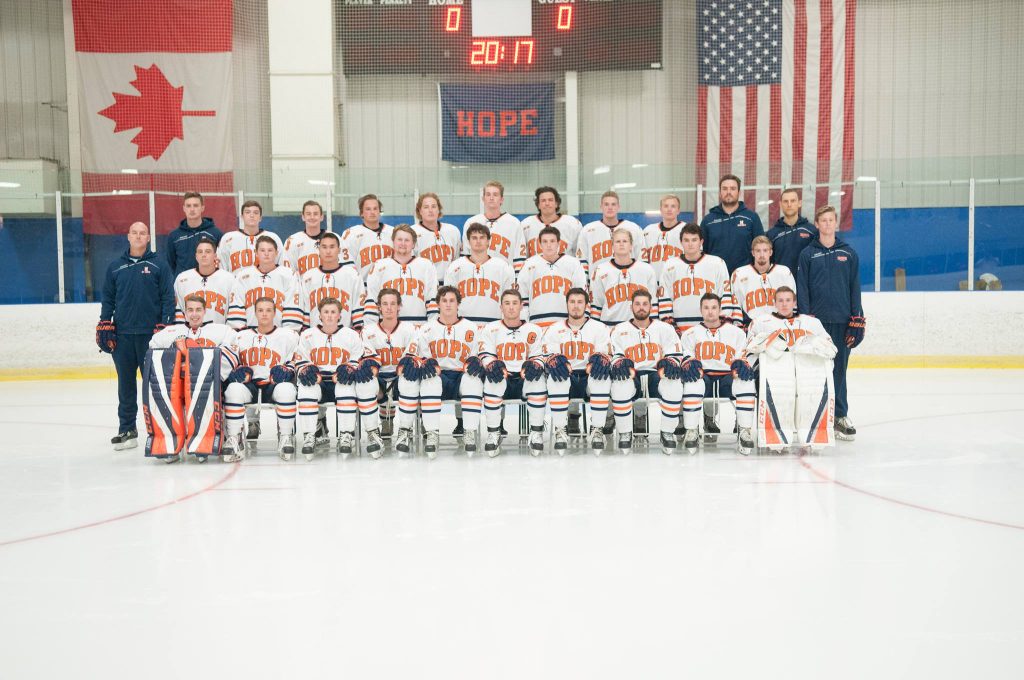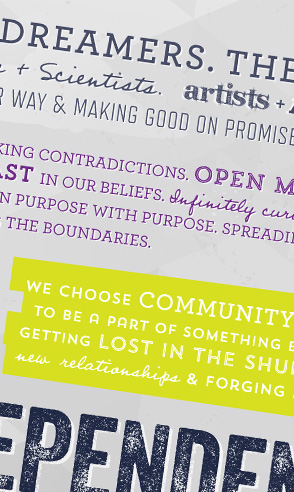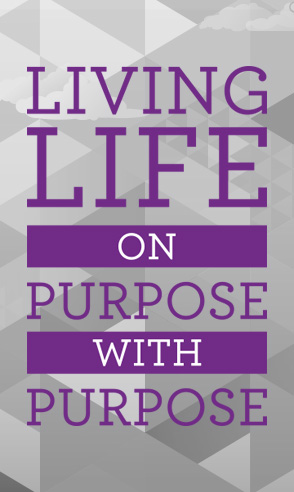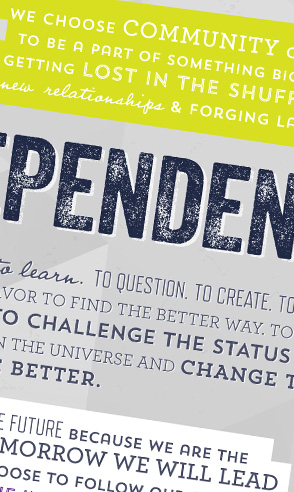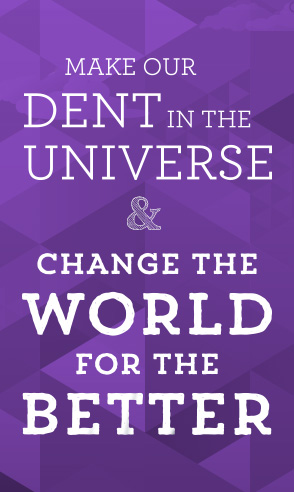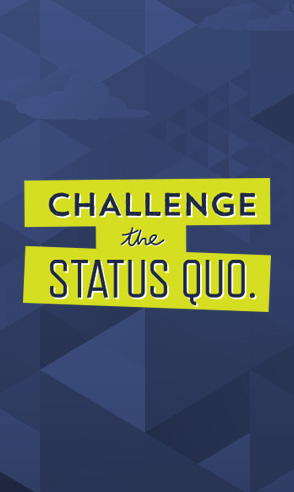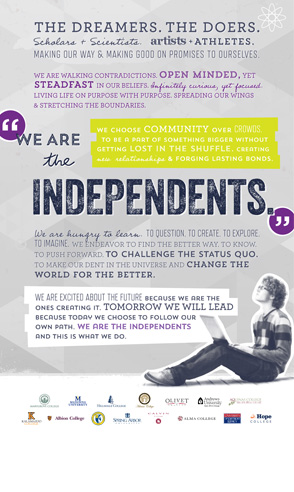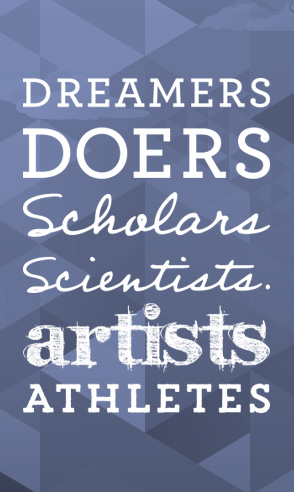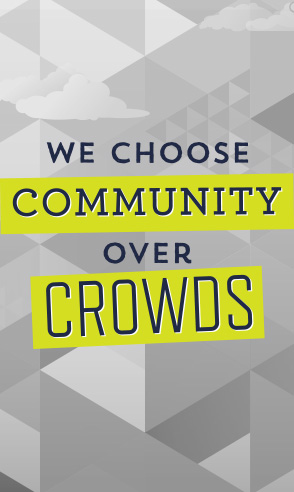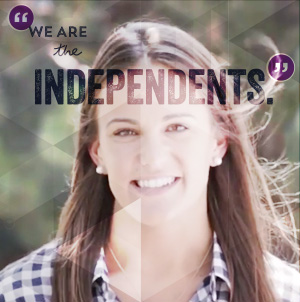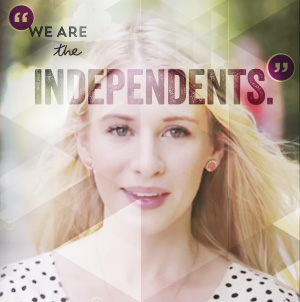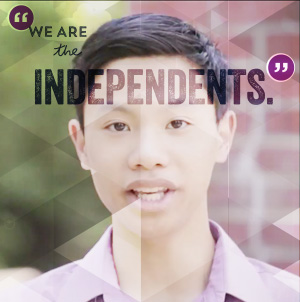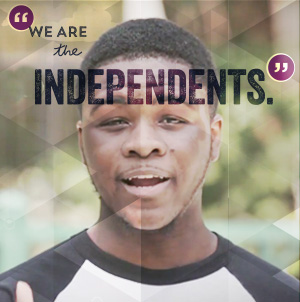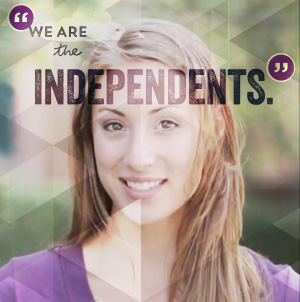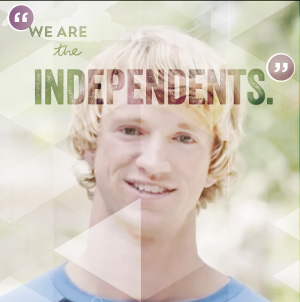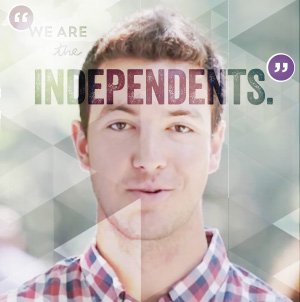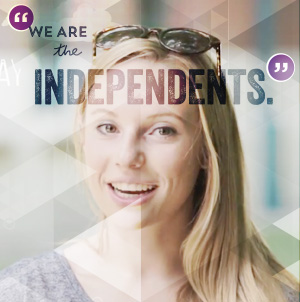Archive for
Make Your College Campus Visits, Virtually
While in-person admissions visits at Michigan’s top 14 private colleges and universities have been canceled due to the coronavirus pandemic, prospective students can still explore these beautiful campuses with the click of a button!
With virtual tours available, you can still get the chance to “walk” the campus, see and feel what life could be like for the next four years. The online tours not only give you a peak into each campus, but many schools even allow you to schedule an online information session with a live admissions counselor! Get your questions answered and make an informed choice now from the comfort of your home.
Get more information in the links below:
Alma College Virtual Tour | Schedule a Virtual Visit
Andrews University Virtual Tour | Sign up for a Virtual Preview
Aquinas College Virtual Tour | Schedule a Virtual Personal Visit
Calvin University Virtual Tour | Schedule a Virtual Visit
Hillsdale College Schedule a Virtual Visit
Hope College Virtual Tour | Schedule a Virtual Visit
Kalamazoo College Virtual Tour | Schedule a Virtual Visit
Madonna University Campus Tour Video | Schedule a Virtual Visit
Siena Heights University Virtual Tour
Spring Arbor University Virtual Tour | Schedule a Virtual Visit
University of Detroit Mercy Virtual Tour | Sign up for a Virtual Information Session
Hope College Formula Racing Team in Top 20 Percent Worldwide
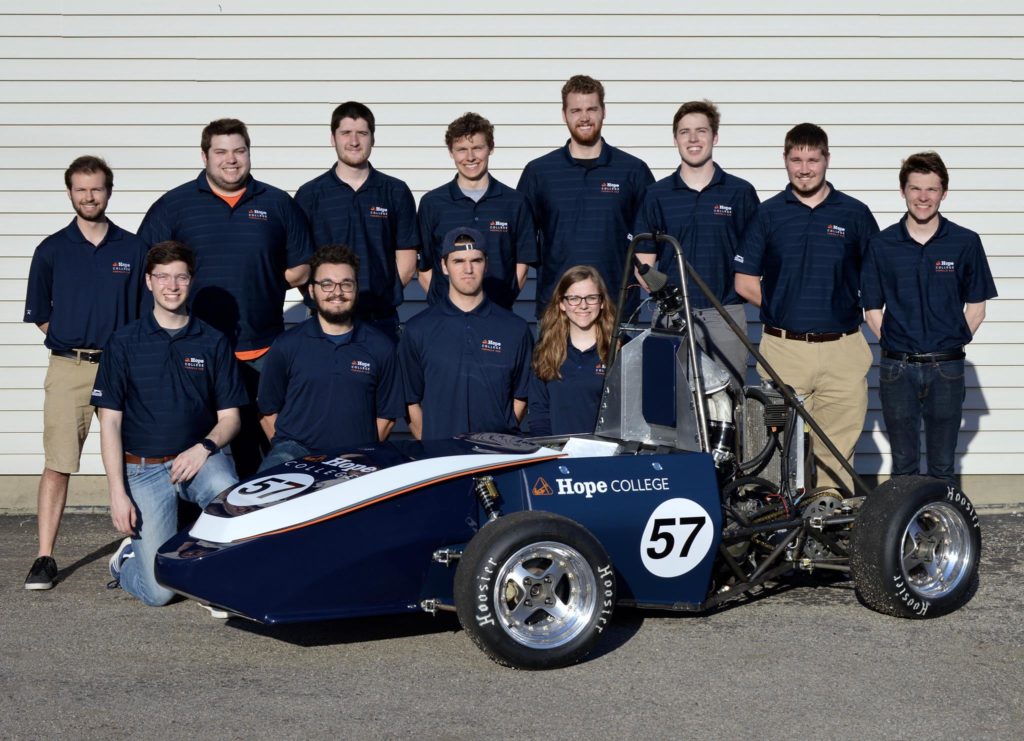 The student-run Hope College Formula Racing Team is in the top 20 percent worldwide in the FSAE rankings posted earlier this year.
The student-run Hope College Formula Racing Team is in the top 20 percent worldwide in the FSAE rankings posted earlier this year.
Hope College ranked 107th out of 601 teams globally, including 26th out of 145 teams from the United States. Most of the teams are from comprehensive or technical universities — first on the list, for example, is the Universitaet Stuttgart in Germany.
“This is momentous for not only our team but also for our school,” said freshman team member Austin Cortes of Gurnee, Illinois. “We are one of two liberal arts colleges in the competition, so we are a true underdog story.”
Looking forward, the team is preparing for this year’s competition at Michigan International Speedway, which will be held on May 8-11 with an estimated 120 teams participating.
Hope first participated in Formula SAE in 2010, competing with more than 100 teams from around the world at MIS. The college returned to MIS in 2016, and also competed at Lincoln, Nebraska, in 2018.
Hope’s team placed 76th out of 102 teams in 2010, winning the William C. Mitchell Rookie Award in 2010 for having achieved the highest overall score among first time teams, and finished 77th out of 115 teams in 2016. Hope also finished 11th in the international Formula SAE Lincoln 2018 competition in Nebraska out of 80 teams. Also in 2018, Hope finished first out of 10 Great Lakes FSAE teams at the 2018 Lawrence Tech Grand Prix, and had the 49th fastest time out of 1,375 entries in the SCCA Solo Nationals autocross held in Lincoln, Nebraska.
The concept behind Formula SAE is that a fictional manufacturing company has contracted a design team to develop a small Formula-style race car. The prototype car is to be evaluated for its potential as a production item. Each student team designs, builds and tests a prototype based on a series of rules whose purpose is to provide standards while promoting clever problem solving.
The Formula SAE competition is not just a race. Instead, the teams are evaluated in a series of static and dynamic events, including presentation, design, cost analysis, acceleration, cornering ability, maneuverability and handling, fuel economy and endurance.
The international Formula SAE organization provides a variety of design parameters within which the participants must work, but beyond that the teams make their own decisions. Some of the parts are pre-fabricated, like the 600cc Honda motorcycle engine that provides the power. Others — like the frame itself — have been developed by the group, starting with initial concept, and then moving through design and theoretical testing using the computer and ultimately to fabrication and construction.
Although it may seem that the team would be geared toward engineering majors, the Hope College Formula Racing Team is open to any student and other majors through the years have included communication, business, computer science, exercise science, management and religion.
When is the best time to visit colleges?
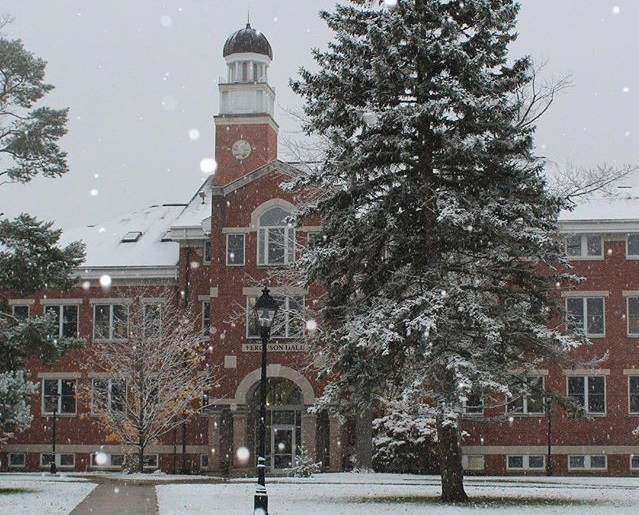
(Albion College, voted 12th Most Beautiful College in Winter)
It’s winter, and the tundra is setting in – at least it is here in Michigan. The last thing you are thinking about is planning a trip to visit campuses. Those long walks across snow-covered quads are certainly less appealing when the temperatures are teetering at the same level as the number of layers you’ll be wearing to stay warm. Or maybe you are a freshman or sophomore, and it’s just “not time yet.”
So, “When is the best time to visit?” The answer may not be what you expect. Here are some tips for getting the most out of campus visits:
Time of year:
As summer strolls in and the school year winds down, families across the country are gearing with plans to visit college campuses. Tours are crowded, staff is minimal, and quads are relatively barren. Although the summer months are more convenient for your time, ideally you should try to plan your visits when classes are in session and the campuses are full of life. Think of it like trying on a pair of new shoes: do you get the proper assessment while sitting? No, you get up, walk around, and perhaps jog in them… as it should also be done visiting campuses. Simulate the day-to-day as if you are attending the school. It doesn’t necessarily mean go in the dead of winter, but consider this: it may be cold, but it’ll also be cold while you attend, won’t it?
Age of student:
It can be very rewarding to visit colleges and universities before your junior and senior year (read: before it’s decision time). You are less concerned about choosing and “buying” when you are simply “window shopping” and more interested in checking out the inventory. Expose yourself to as many different kinds of places—big schools, small schools, research universities, liberal arts colleges, urban campuses, places way out in the country—to develop a broad perspective of all the different options. Then, when it is time to make a decision, you’ll have a better foundation on which to choose.
Before stepping foot on the first campus (and each one after that…):
Your new mantra: Relax, enjoy, decide later. Resist the impulse to judge immediately, good or bad. Your first reaction is bound to be emotional, and usually overly positive—college is really cool! Sleep on it. Weigh your impressions against the other schools you visit and try to remain as objective as possible so your rose-colored glasses don’t allow you to overlook things.
How to choose:
As you visit the campuses, allow your senses to guide you. Really like something? Take note of it. Feel like something’s missing? Take note of it. Gut instinct is usually pretty accurate. Additionally, the perceptions from your visits will come in handy when completing your college applications. Remember this: tying personal experience to the campus environment will blow the minds of the admissions department!
What to look for:
Focus on fit. We perform at our best when we have a level of comfort, belonging, and value. Questions to ask yourself: How does the college meet my academic needs? Will I be challenged appropriately? Is the style of instruction a good match for how I learn? Does the college offer a community that makes me feel “at home?” Does the college offer extracurricular activities that interest me?
After the visit, before you leave:
Connect with the recruiter. Colleges and universities typically assign admissions personnel to different areas of the country for recruiting efficiency. If your area’s recruiter is available, definitely introduce yourself. Either way, get that person’s contact information. Consider him/her as your “go to” person when you have important questions later in the admissions process. And remember this: there is nothing insignificant nor too embarrassing to ask. The admissions staff is there to help!
What to do next:
Record your visit. Make notes as soon as you are able. The more campuses you visit, the more they will begin to blend together, especially from memory. Take pictures to give yourself a visual index of what you’ve seen to avoid confusion later.
And finally:
Enjoy the process. It can be easy to get lost in the excitement and have that energy turn into anxiety. Relax. Start the search early. Visit during the school year to witness the campus’s true environment. Trust your senses and take notes.
As you map your college visit road trip, include a few of Michigan’s top 14 private colleges and universities on your list. These schools are purposefully smaller and emphasize “community over crowds.” Often comparable in cost to Michigan’s public institutions, the independents boast higher four-year graduation rates, outstanding faculty who help students forge their own paths, and smaller class sizes for a truly unique and personal experience.
Be bold. Be different. Go independent.
Hope College Men’s Hockey Team Wins First Ever National Championship
Congratulations to the Hope College men’s hockey team! The Flying Dutchmen claimed their first ever National Championship on March 19th, making the team the American Collegiate Hockey Association D3 Champs!
Make a splash. Follow your own path. Find your future.
Traditional and Excellence “As One” for Hope Swim Team

It’s called ‘As1.’ And it’s more than a motto at Hope College. It’s a way of life.
The credo of Hope College’s prestigious Men’s Swimming and Diving Team, it’s written on every cap and chanted during practices and meets. It stands for “As One Team.” And it’s a core commitment of unity in a sport that often involves being alone.
“We do everything together as a family,” Clay Hackley, a sophomore freestyler told the blog Swim Sam.
“It’s very important. We cheer ‘we get the job done.. As1!’”
Hackley produced a hype video of the Flying Dutchmen team that’s making its way around the internet. Just a hair over 1 minute, it encapsulates what’s so awesome about athletics at small colleges like Hope and Michigan’s 15 independent colleges and universities.
Tradition. Togetherness. Community. Excellence. Win or lose. As One.
Third place last year in the MIAA championships, the Hope program is hosting the championship in 2017. They’re led by Head Coach John Patnott, who for 38 years has overseen the college’s men’s and women’s team.
Through the years, the program has developed cherished traditions. A black flag with the letters “HMS” is carried to every meet. Freshmen get nicknames. They’re written on their white swimming and diving caps.
On the other side, of course, is As1.
“Any older swimmer on the team can, at any moment, take your cap and rub in dirt or anything to get it dirty. It’s sort of like a varsity jacket,” Hackley told the blog.
It’s an experience that simply isn’t replicated at big state schools. That’s because community is a way of life at Hope and Michigan’s 15 independent colleges and universities, which pride themselves on being purposefully different and helping students chart their own path.
Classes are taught by award-winning faculty, rather than TAs. An engaged network of professional alumni help students pursue their dreams. Class sizes are small. And students actually graduate in four years, rather than five or six at public schools.
And despite what you may have heard, the independents are often less expensive than big state schools.
Be bold. Be different. Go independent.
Kalamazoo Promise Makes Private Education Within Reach
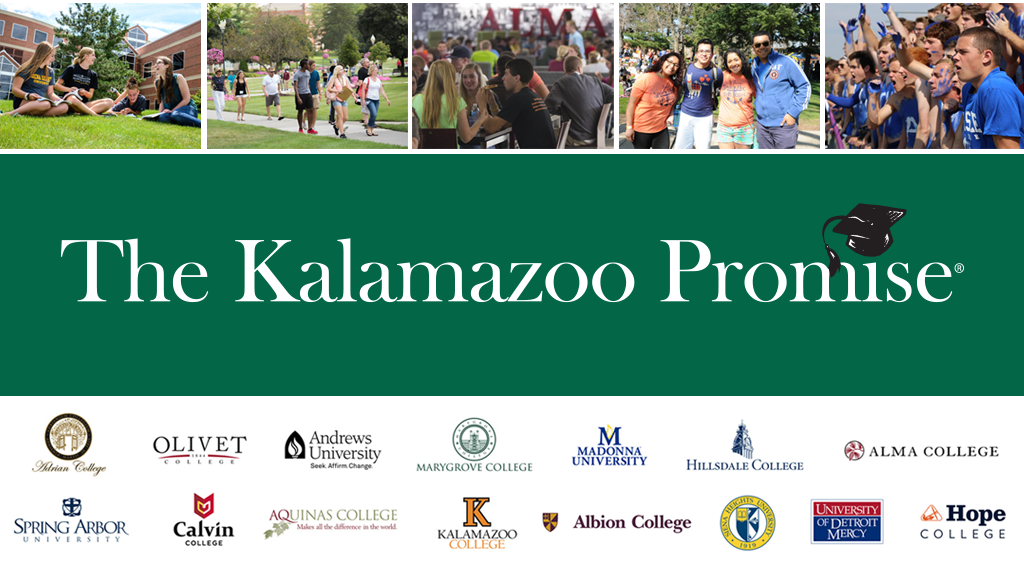
Almost everyone nowadays can cite scary statistics when it comes to the cost of college education.
Nationwide, the average annual tuition at private schools has more than tripled in 30 years jumping to $32,405 this year, according to inflation-adjusted statistics from the College Board.
But the cost of an elite private school education is nothing for students in Kalamazoo public schools.
You read that right.
The cost of Michigan’s 15 independent colleges and universities is zero for students who graduated from Kalamazoo Public Schools and attended since kindergarten. Graduates who attended since at least seventh grade will receive 75 percent of their tuition.
The Kalamazoo Promise is a revolutionary program that is changing lives and putting college in reach for 5,000 eligible graduates since it was launched and funded by anonymous donors in 2005.
The schools now send 85 percent of students to college, whose graduates can expect to earn $1 million more over their lifetime than peers whose education stopped at high school.
And what an education they can get, especially at Michigan’s independents: Adrian College, Albion College, Alma College, Aquinas College, Calvin College, Hillsdale College, Hope College, Kalamazoo College, Marygrove College, Olivet College, the University of Detroit Mercy, Andrews University, Madonna University, Siena Heights University and Spring Arbor University.
The schools pride themselves on helping students forge their own path. Classes are taught by professors, not teaching assistants, with average class sizes of just 17.5 students.
The independents open doors to a host of careers, from business and engineering to education and nursing, supported by a nurturing network of alumni who have become leaders in their fields.
And the independent colleges look like the world around them. One in 4 students at Michigan private colleges and universities is African American, American Indian, Asian, Hispanic or Latino.
Be bold. Be different. Go independent.
Hope College’s Love Professor Launches Marriage Study
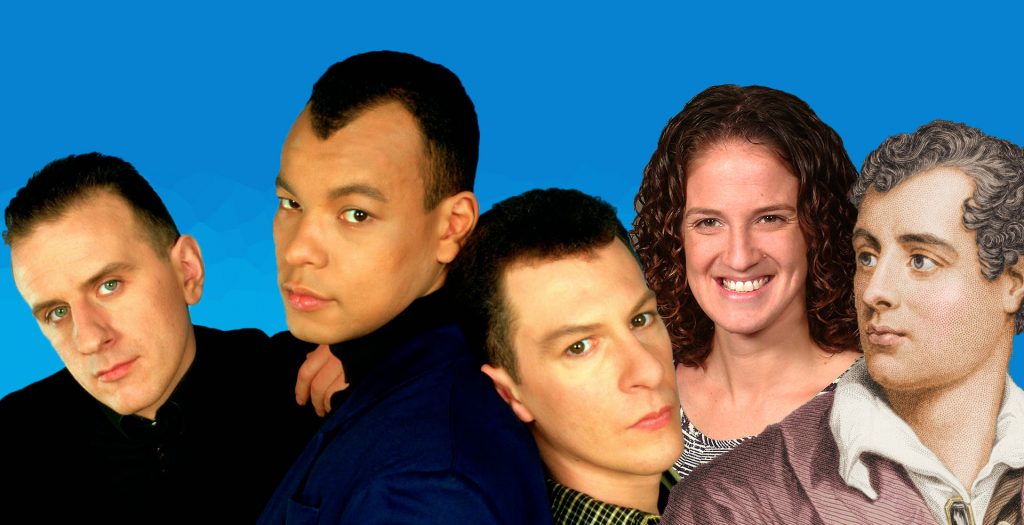
It’s a question as old as love itself: Ever fallen in love with someone you shouldn’t have?
That’s a mystery that’s haunted poets and inspired killer pop songs for time immemorial. Now, it’s getting the full academic treatment, courtesy of Hope College Assistant Psychology Professor Carrie Bredow.
She’s no stranger to love research. In years past, she’s studied the market value of the singles’ pool and science of first hookups. Now, she’s spent nearly two years studying the “fundamental disconnect” between what we say we want in a spouse and what we get.
“We’re trying to go beyond what they say that they want,” Bredow told MLive.
“Maybe it’s because part of what is guiding our behavior is unconscious. What we’re most interested in is whether they can actually predict future behavior.”
Bredow and her students are developing and testing questions that measure people’s unconscious preferences for spouses — rather than what they say they want. So far, the results are “exciting” and have the potential to predict how relationships will work, she said.
The work follows her study last year, “Chasing Prince Charming” that found that unrealistic expectations may make people delay marriage.
She’s hoping to expand the project for 10-20 years to get a better glimpse into how relationships evolve and what happens after, as the song says, fools fall in love.
Is it fun? Sure. But it’s another kind of marriage — mixing real-world and serious academics — that sets Hope College and Michigan’s 15 independent colleges and universities apart.
Students are a vital part of Bredow’s research, which is common among Michigan’s independents. Class sizes are small, allowing students to form lifelong bonds with award-winning expert as well as a nurturing network of alumni who help after graduation.
All the schools emphasize community over crowds and help students forge their own paths.
It’s an experience that simply doesn’t exist at big state schools.
And despite what you may have heard, independents are often less expensive and boast higher four-year graduation rates that big universities.
Be bold. Be different. Go independent.
Unique Hope College Program Helps Bring Great Ideas to Life
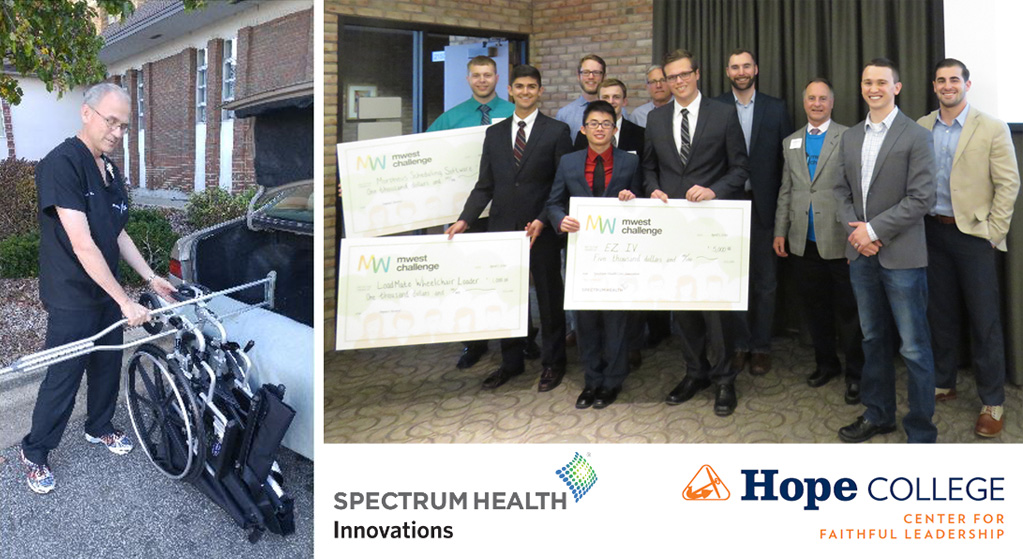
You never know what will spark your inspiration.
For Isaac Newton, it was an apple falling on his head. For physical therapist Joseph Ross, it was struggling to put a wheelchair into a car trunk and thinking, “wow, this is heavy.”
But inspiration is one thing and innovation is another. And Ross, who works at Spectrum Health Center, knew just where to turn to lighten the load.
After experimenting by using a crutch as a lever, Ross took his germ of an idea to Hope College’s Center for Faithful Leadership, an innovative program that pairs students with experts to bring awesome ideas to fruition.
A unique mentoring program, the center believes that college is as much about solving real-world problems as theoretical principles. It complements the classroom, pairs freshmen and sophomores with experts and stresses that productivity is integral to happiness.
In short, the program is about going to work.
So that’s what four Hope College students did with Ross, the therapist with a fuzzy idea.
The result is LoadMate, which looks like a pitchfork but makes heavy lifting a breeze
“I can’t say enough about how much I enjoyed working on this project,” Brenden Merriman, a biomedical engineering major who worked on the project.
“Spectrum Health was always extremely helpful whenever we ran into a question we couldn’t answer, and I think it’s a great program they have set up with Hope College students.”
The idea seems simple. But the real world applications could be huge. Ross wanted to develop the product to give freedom of movement back to some of his clients, who think twice about travel because of the prospect of lugging around a wheelchair.
“An elderly gentleman was able to load his wife’s wheelchair into the back of his car with one hand while holding his cane in the other,” Merriman said. “Seeing his excitement at being able to so easily do this simple task again for the first time in years was really touching.”
The product isn’t ready yet for market. But it won a $1,000 prize this year at MWest Challenge 2016, West Michigan’s regional business plan competition.
And it’s a great example of the unique spirit at Hope College and Michigan’s 15 independent colleges and universities. They’re proudly different, committed to human betterment and all about fostering lifelong bonds between their award-winning faculty and students.
All emphasize community over crowds and an ethos of cohesion that just doesn’t exist at big state schools.
Often less expensive than public institutions, the independents boast higher four-year graduation rates for a truly unique and affordable experience.
Be bold. Be different. Go independent.
Hope College Fights for Flint, Seeks Answers

With crisis comes opportunity.
In the past month, the world has turned its sympathies to Flint, Michigan, whose drinking water supply was contaminated with lead. Thousands are sending bottled water to the industrial city, including students from Kalamazoo College and Calvin College.
Charity is wonderful. So are answers and understanding. In a quest for both, Hope College this month convened a public forum to discuss the heart-wrenching issue, bringing together faculty and students to discuss how the causes of the tragedy and ways to prevent another one.
It was led by Hope President John Knapp.
“We’ve examined problem from many perspectives, every one of those is important and more, to understand the nature of the problem,” he told the Holland Sentinel.
“Liberal arts college education is learning to think systemically and critically where problems can’t be understood through a single lens.”
Lead in drinking water can effect cognition and lead to future problems. Health officials also are investigating whether leaded water contributed to a spike in Legionnaire’s Disease that has killed nine people in Flint. Others have complained for years about rashes and other problems since Flint began using the Flint River for drinking water in 2014.
Hope’s symposium brought chemistry professors to discuss the science behind water testing, psychology professors to speak on the effects of lead poisoning and sociology professors to pontificate on how it could affect the community for years to come.
It also gave a forum to students with a personal connection to the crisis, such as Flint Township native Katlyn Koegel. Her grandparents live in Flint and she encouraged participants to visit the city.
So did Director of Multicultural Education Vanessa Greene, who has family in Flint.
“Their quest that we understand that they’re more than a single story,” Green said. “They want us to know that they’re bigger than the water crisis.”
It’s a tough issue and there aren’t easy answers. But the forum is a good example of what Hope College and Michigan’s private colleges and universities do best: Bring together experts and students with respect and search for answers.
It’s a trait that’s easier because the colleges pride themselves on not only top faculty but instilling a bond between professors and students.
Community isn’t just a buzzword at Michigan’s top 15 private colleges and universities. It’s a hallmark of what they do. Their faculty teach classes, rather than relying on grad students, and help students chart their own path.
Often less expensive than public institutions, the independents boast higher four-year graduation rates for a truly unique and affordable experience.
Be bold. Be different. Go independent.
Michigan Private Colleges Rank High in Social Mobility
Study after study has shown that college not only transforms minds, but it lives as well as wallets.
College graduates make 25 percent more per week than the national average, and unemployment rates are significantly lower the more education is attained, according to the Bureau of Labor Statistics.
In short, college is “a ticket to the middle class,” according to Bridge Magazine.
But getting admitted to one and finishing are two different things, and it’s no secret that some colleges do far better jobs of helping low-income students graduate and get jobs.
The online magazine analyzed federal data to rank colleges on how they promote social mobility — offering tuition breaks, mentors and other aid for low-income students, as well as how long it took them to narrow the income gap with rich students after graduation.
The results? Michigan’s small, private colleges ranked the near the top.
Adrian College was the top-ranked private college in the state, enrolling the seventh-highest percentage of low-income students and graduating nearly 60 percent of them.
Madonna University was not far behind, offering low tuition for low-income students (less than $9,000) and helping them make similar salaries with high-income students 10 years after enrollment.
Olivet College and Spring Arbor University were near the tops in enrolling poor students, while Alma College, Hope College and Calvin College ranked in the top six in graduation rates.
Kalamazoo College, inexplicably, was left out of Bridge’s analysis altogether. But using its metrics, would have scored in the top 10 for graduation rates and average earnings.
The rankings reflect a deep commitment by Michigan’s top 15 private colleges and universities to improving the lives of all students and offering a path to improve lives.
Contrary to popular belief, tuition is on par with many public universities. That’s because students receive far more financial aid. At most of our schools, more than 93 percent receive aid, bringing the cost of a world-class education within reach.
Students at Michigan’s independents typically graduate in four years, rather than five or six at public schools. That means they are earning a salary while their peers at big state universities are wracking up more student debt.
That also means they have a two-year head start on their careers, which is yet another way Michigan independents help students forge their own path.
Be bold. Be different. Go independent.


